The absurdity of hypothetical geometry and Alice in Wonderland
Some of the most creative works of fiction come from some of the most analytical minds! I guess that in some sense we all need something that is the antithesis of our regular lives to help us find some measure of balance (or equilibrium at least). See 'Flatland - a romance of many dimensions' by Edwin Abbott Abbott as one of the most engrossing and creative examples of the translation of an epistemic discipline to a phenomenological one.
Another classic example is 'Alice in wonderland' (originally titled 'Alice's adventures in wonderland' by Charles Dodgson (aka Lewis Carol). It is a fascinating tale of the multiverse, calling into question the laws of physics and the principles of metaphysics. Of course the Matrix trilogy of films were strongly influenced by Dodgson's masterful tale of wonder!
I suppose the Hegelian synthesis is one of the best explanations for this kind of dynamic tension - we all have a thesis, we reach for an antithesis and find harmony in a synthesis of the two. Dodgson was a mathematician in his 'ordinary' life, and then in his other life (as Lewis Carol) he told fairytales! Alice in wonderland is a synthesis of these two interests.
I came across the following very interesting insight into 'Alice in wonderland' on boing boing. I was not aware that some of the best known characters in the story were added in later redactions. It is quite fascinating!
What is your antithesis? What is there that you do in order to bring balance (or equilibrium) to your life? I find the balance between science and theology to be quite a healthy one in my life!
The original story of Alice's Adventures in Wonderland is missing what have become some of the book's most iconic characters and scenes: the Cheshire Cat, the Mad Hatter's tea party, the Knave of Hearts' trial, and several other great moments. Why did Charles Dodgson (aka Lewis Carroll) add them later? According to Alice scholar Melanie Bayley, Dodgson, a mathematician by day, created the scenes to make fun of edgy math ideas floating around at the time. From New Scientist:
Outgunned in the specialist press, Dodgson took his mathematics to his fiction. Using a technique familiar from Euclid's proofs, reductio ad absurdum, he picked apart the "semi-logic" of the new abstract mathematics, mocking its weakness by taking these premises to their logical conclusions, with mad results. The outcome is Alice's Adventures in Wonderland.
Take the chapter "Advice from a caterpillar", for example. By this point, Alice has fallen down a rabbit hole and eaten a cake that has shrunk her to a height of just 3 inches. Enter the Caterpillar, smoking a hookah pipe, who shows Alice a mushroom that can restore her to her proper size. The snag, of course, is that one side of the mushroom stretches her neck, while another shrinks her torso. She must eat exactly the right balance to regain her proper size and proportions.
While some have argued that this scene, with its hookah and "magic mushroom", is about drugs, I believe it's actually about what Dodgson saw as the absurdity of symbolic algebra, which severed the link between algebra, arithmetic and his beloved geometry...
The madness of Wonderland, I believe, reflects Dodgson's views on the dangers of this new symbolic algebra. Alice has moved from a rational world to a land where even numbers behave erratically.
"Alice's adventures in algebra: Wonderland solved"
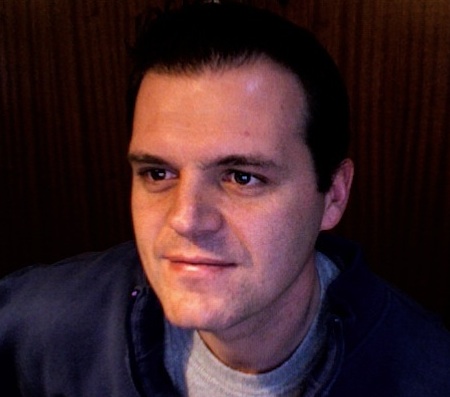
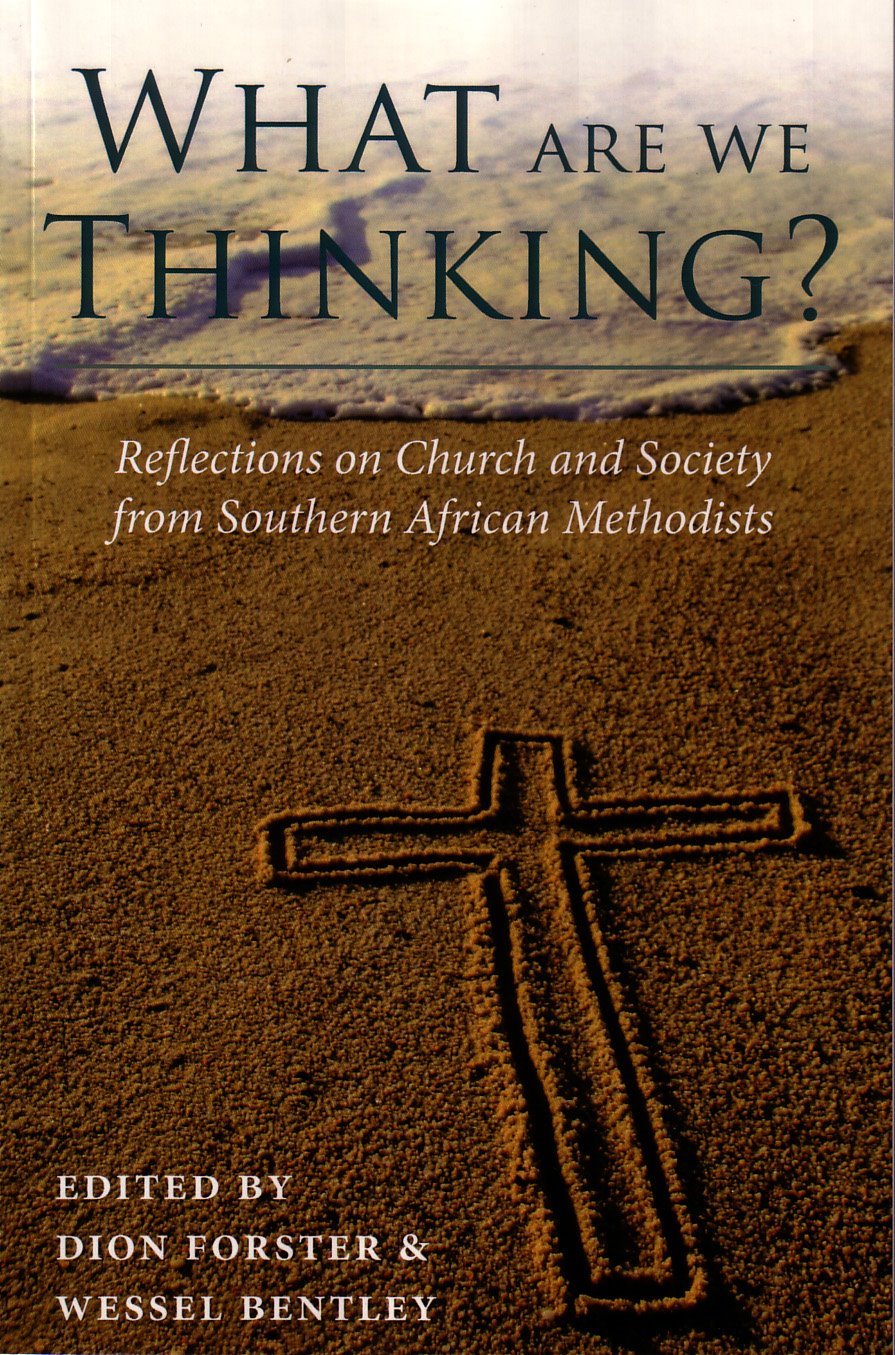
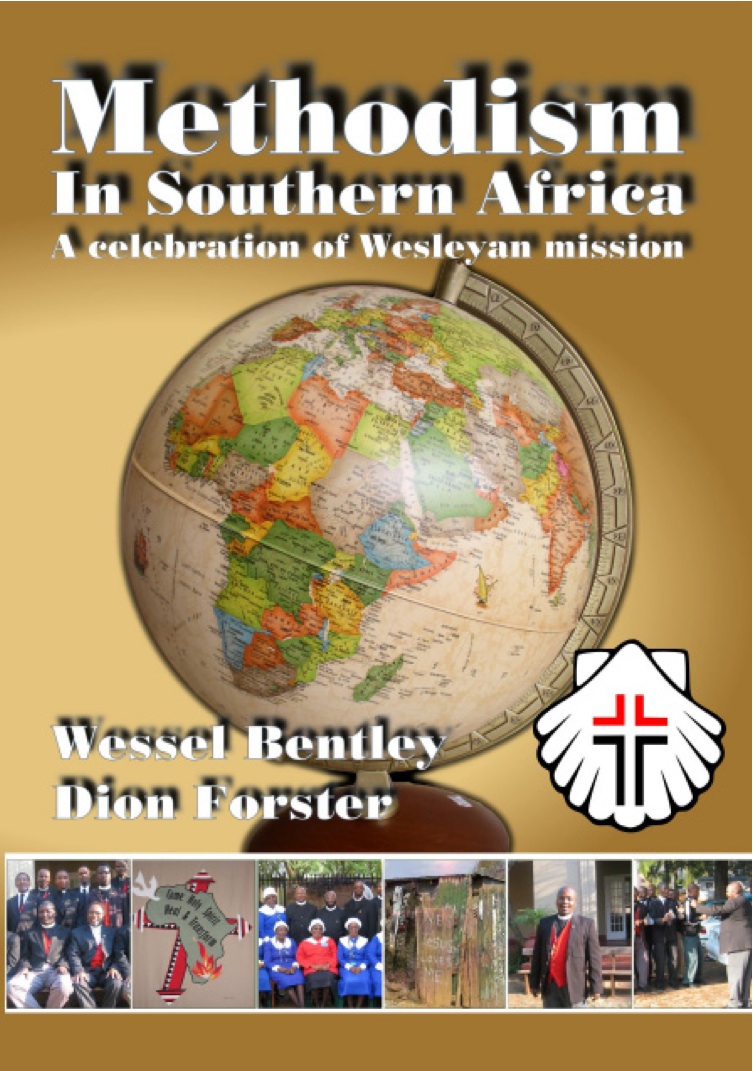
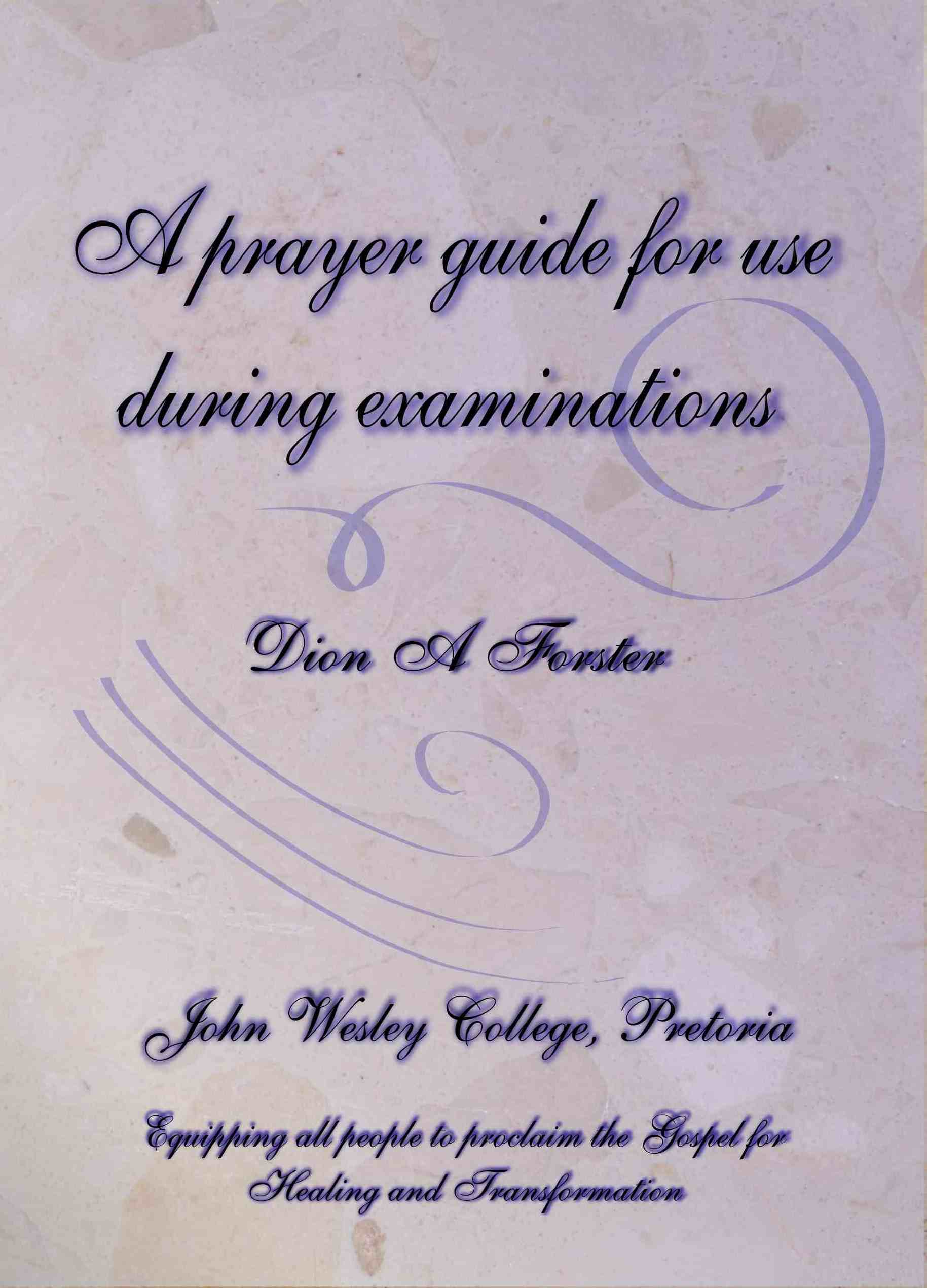
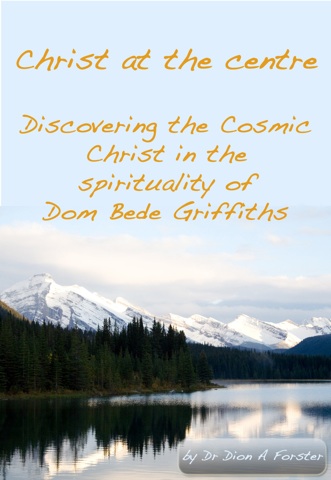 .
.
 .
.

1 Comments:
I listened to Alice?s Adventures in Wonderland about two months ago for the first time. Quite trippy. Go and download the audio here: www.librivox.org/alices-adventures-in-wonderland-by-lewis-carroll/. It's in the Public Domain.
What is my antithesis? I offset copious amounts of time spent delving into the guts of Theology with chess. Nerdy, I know.
That of course disregards all the time spent with family, church, work, clients, ministry, the dog, the house, in the car... et al.
Balance, in all its synergetic glory, is for the birds.
By markpenrith, at 1:37 PM
markpenrith, at 1:37 PM
Post a Comment
<< Home